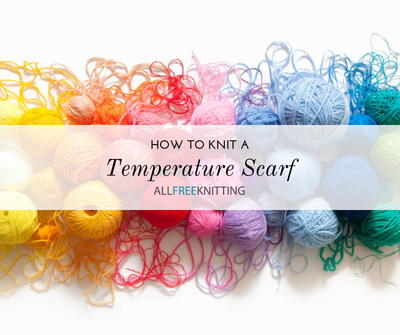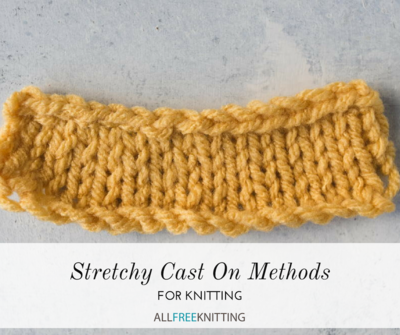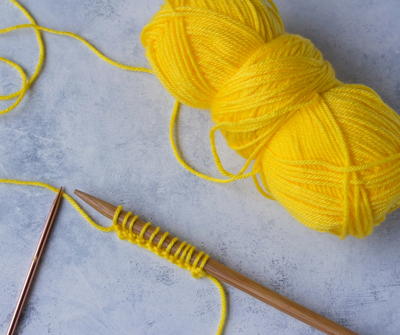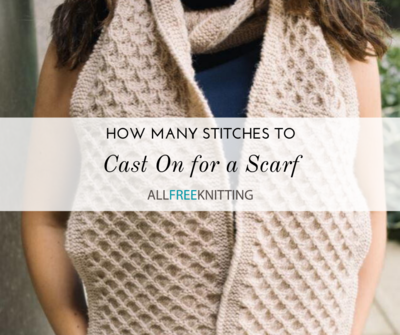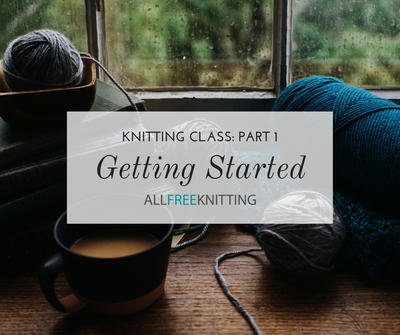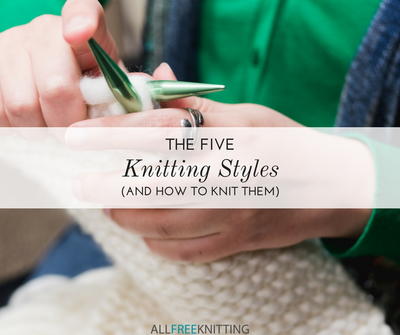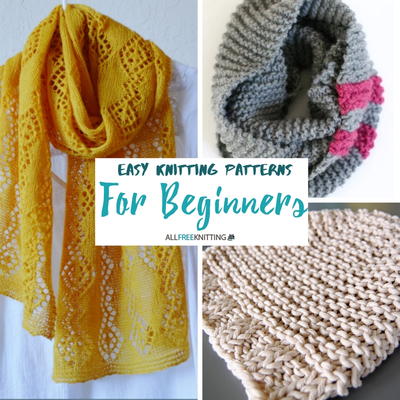How to Knit a Temperature Scarf
Learn how to plan for a knit temperature scarf or blanket with this handy guide!
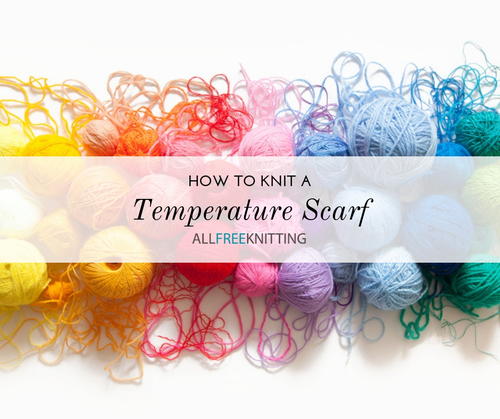
If you follow just about any knitter on Instagram, there's a good chance you've come across someone knitting a temperature blanket or temperature scarf.
Make no mistake about it, whether you think they're cute and fun or ugly and overly colorful, every knitter knows how much work and commitment goes into a project like this.
If you're planning to take on a temperature scarf or blanket this year, we've got the tools you need to plan it all out without losing your mind or wasting your money!
What colors should I use for my infinity scarf?
Tips for Knitting a Temperature Scarf or Blanket
When knitting a temperature scarf (or blanket), a lot of the prep work necessary will be in calculating how much yarn you will need and how much of each color you'll need.
Quick Tips:
- Decide how wide you want the scarf or blanket to be first.
- Then decide how many colors you'll be using; the fewer colors you use, the more money you will save and the less yarn will be wasted.
- Pick a color scheme that you will actually enjoy and wear. So often, knitters go with a stunning rainbow of colors to represent various temperatures, but there's no hard and fast rule that says you have to do it that way.
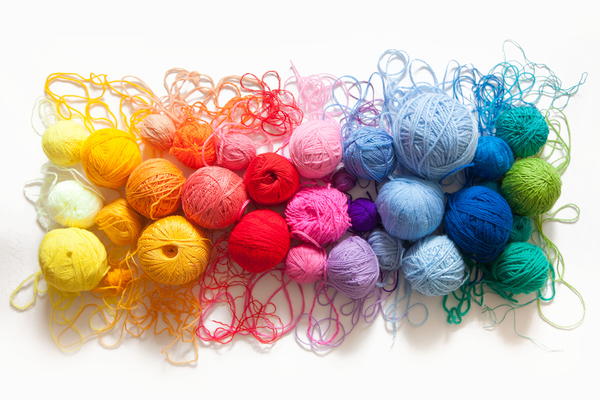
How Much Yarn Will You Need for a Temperature Blanket or Scarf?
This depends a lot on three factors -- the climate where you live, the weight of yarn you're using, and the number of colors you're using for your project.
Factor 1: Yarn Weight
The weight of yarn you're choosing will have a drastic impact on the size of your blanket or scarf. We recommend using a yarn that you're familiar with.
Take some of the yarn that you're going to be working with and knit up two things -- a regular square swatch in the stitch of your choosing and one entire row in the number of stitches you're planning to cast on. Once you have those things, break out your measuring tape and get two different measurements:
- The number of rows required to make an inch of fabric (from your square swatch)
- The total length of yarn needed to knit one row (from the sample row that you worked)
Write these measurements down.
Here are a few resources if you're new to yarn weight categories and measuring your gauge:
Factor 2: The Number of Colors Used
Next you will want to decide how many colors you want to use. In the infographic above, we suggested using 13 different colors, but the number of colors you use is really up to you. The fewer colors you use, the wider temperature range will be that each color represents. This can result in a more accurate estimate of the amount of yarn needed of each color.
Once you've decided the colors that you'll be using, write them down and assign them their temperature ranges. These ranges are what you will use to calculate how much of each color of yarn you'll need.
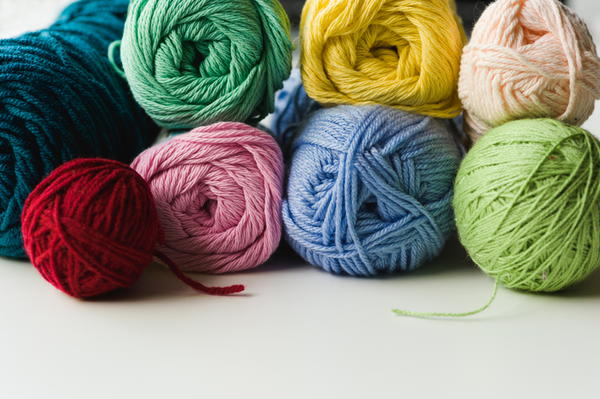
Factor 3: Climate
Climates in different parts of the world are wildly different. We recommend taking a look through weather records from the last year; look for the average temperatures throughout the year and put a tally mark for each day next to the color category it would have belonged to.
This might be a little tedious, but it's the best way to get a solid estimate for how much yarn you will need in each color. You can then use the length of yarn that you measured from your sample row to figure out how many "days" of yarn you can get out of a single skein based on the yardage of that skein.
Read NextHow to Knit a Hat


